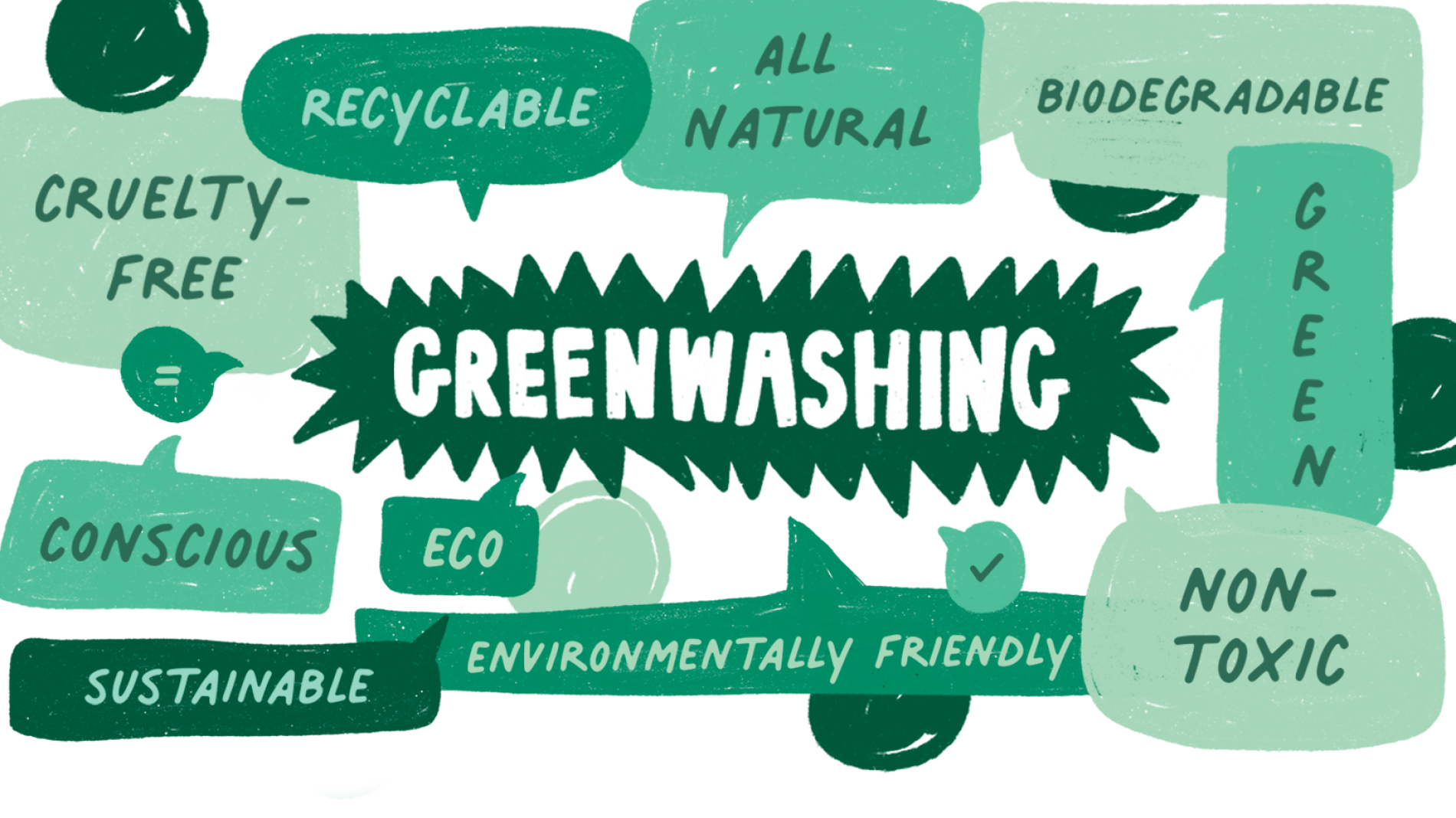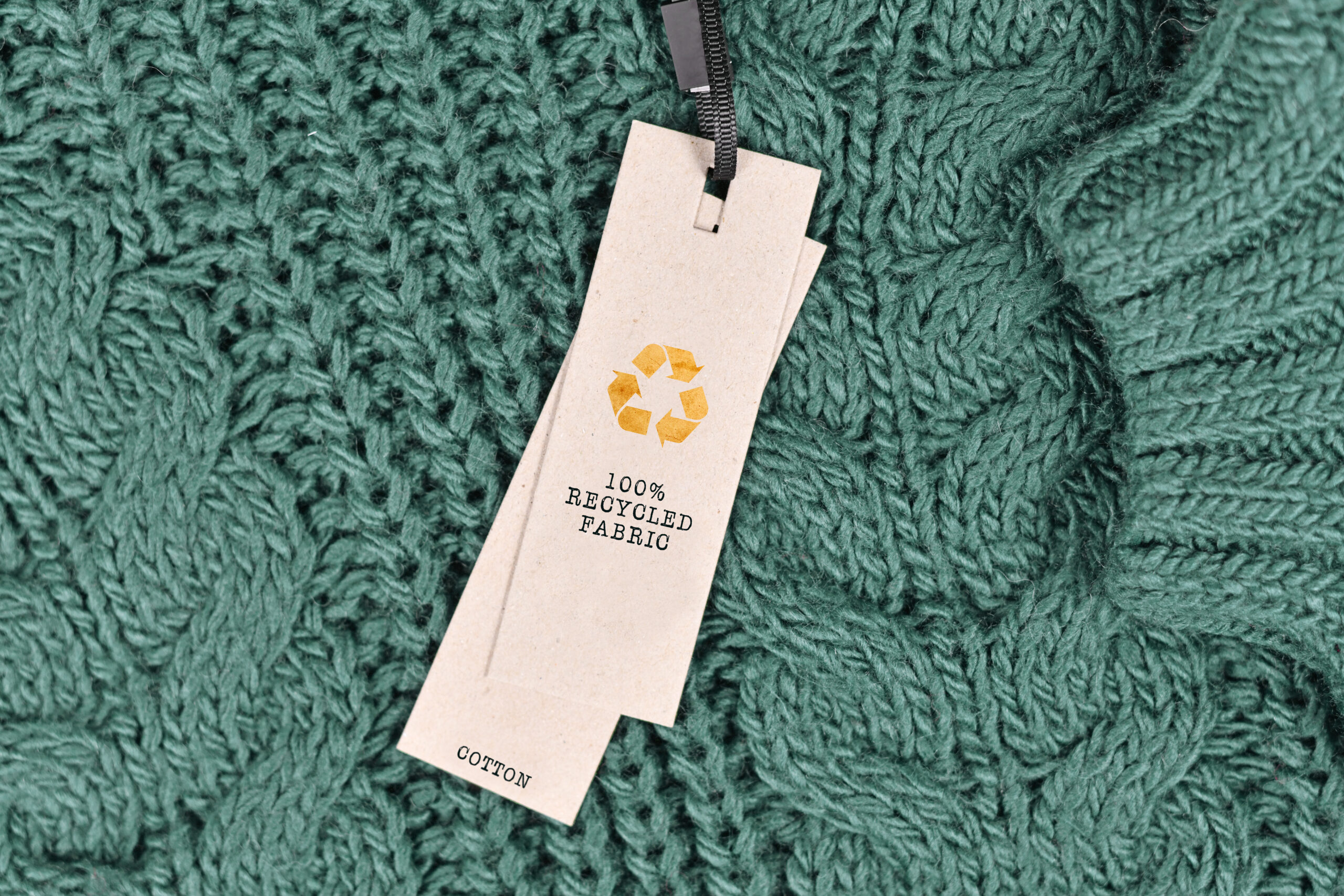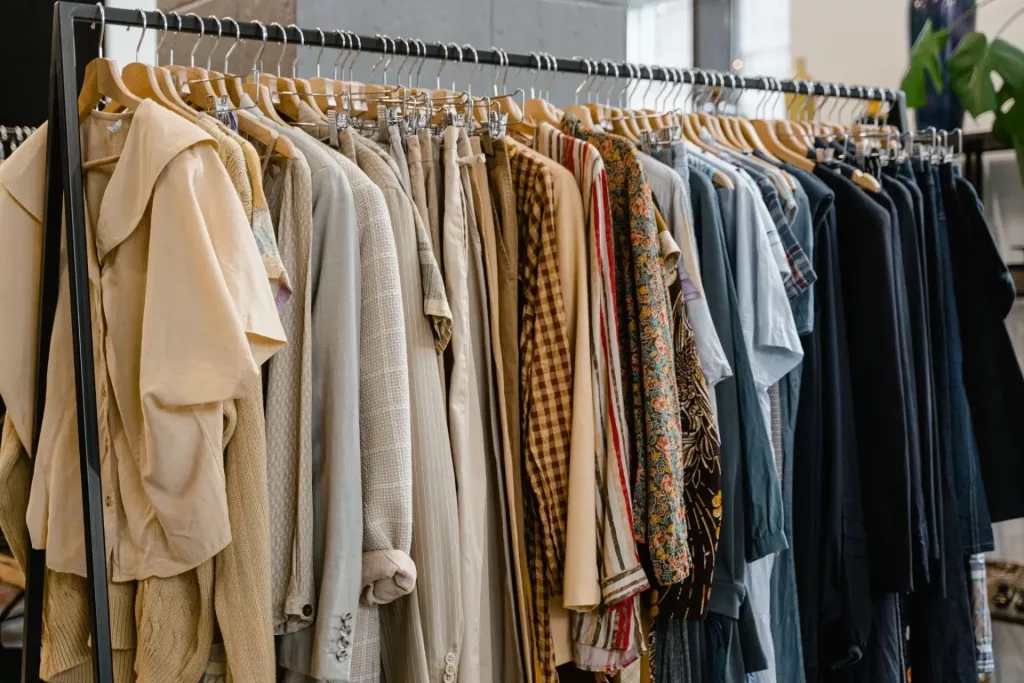The Future of Sustainable Fashion: What’s Next?
Sustainable fashion is no longer a trend — it’s the future of the industry. As the climate crisis intensifies and consumer consciousness rises, brands, designers, and shoppers alike are reimagining what fashion can look like in a world where ethics and aesthetics coexist.
But where is sustainable fashion heading next? Here’s a deep dive into what’s on the horizon.
1. Beyond “Greenwashing” — The Era of Accountability
 For years, fast fashion brands have tried to ride the green wave with vague promises and misleading labels like “eco-friendly” or “sustainable.” But 2025 brings a new level of transparency.
For years, fast fashion brands have tried to ride the green wave with vague promises and misleading labels like “eco-friendly” or “sustainable.” But 2025 brings a new level of transparency.
What’s Next:
Expect to see stronger regulatory frameworks, third-party certifications, and digital product passports that track a garment’s entire lifecycle. Blockchain technology is gaining momentum in fashion, allowing consumers to trace every step of a product, from raw material sourcing to manufacturing and delivery.
What It Means:
Greenwashing is out. Brands will need to walk the talk with verifiable data, measurable sustainability targets, and full transparency to earn consumer trust.
2. Regenerative Fashion: Not Just Sustainable, But Restorative
 The next frontier is regenerative fashion — clothing that doesn’t just reduce harm but actively heals the planet.
The next frontier is regenerative fashion — clothing that doesn’t just reduce harm but actively heals the planet.
What’s Next:
Farming practices that restore soil health, increase biodiversity, and sequester carbon (like regenerative cotton or hemp farming) are being embraced by pioneers like Patagonia and Christy Dawn. These efforts go far beyond “organic” — they aim to reverse environmental damage.
What It Means:
Brands will shift focus from “doing less harm” to “creating more good.” Regenerative fashion may soon become the gold standard, especially among luxury and indie labels.
3. Circular Economy Will Take Center Stage
 The linear fashion model — produce, consume, discard — is broken. In its place, the circular economy offers a smarter, more sustainable approach.
The linear fashion model — produce, consume, discard — is broken. In its place, the circular economy offers a smarter, more sustainable approach.
What’s Next:
Clothing resale, rental, repair, and upcycling will become mainstream. Think of brands launching their second-hand platforms, like Levi’s SecondHand, or in-store repair services like Patagonia’s Worn Wear.
Additionally, modular design — clothing created to be easily disassembled, recycled, or restyled — is gaining traction. This design-first approach minimizes waste from the very beginning.
What It Means:
Ownership will be redefined. Shoppers may increasingly borrow, trade, or rework clothes instead of buying new ones. Expect to see more peer-to-peer clothing rental apps and upcycling workshops.
4. Innovation in Sustainable Materials
 Fabric innovation is revolutionizing sustainability. From mushroom leather to lab-grown silk, the materials of tomorrow are high-performance and cruelty-free.
Fabric innovation is revolutionizing sustainability. From mushroom leather to lab-grown silk, the materials of tomorrow are high-performance and cruelty-free.
What’s Next:
- Mycelium leather (made from mushrooms) is already being used by Stella McCartney and Hermès.
- Bio-based polyesters derived from corn or sugarcane may soon replace fossil-fuel synthetics.
- Recycled fibers from ocean plastic, old clothes, and textile scraps are getting softer, stronger, and more desirable.
What It Means:
Materials will no longer be a compromise between ethics and luxury. Expect sustainable fabrics to become just as coveted as traditional ones — if not more.
5. Tech-Driven Sustainability
Technology and sustainability are becoming inextricably linked. From AI to 3D printing, innovation is helping brands reduce waste, optimize inventory, and personalize fashion like never before.
What’s Next:
- Virtual try-ons and 3D sampling reduce returns and overproduction.
- AI forecasting helps brands produce only what will sell.
- Digital fashion (wearable only in virtual spaces) is being explored as a zero-waste creative outlet for designers and influencers alike.
What It Means:
Tech will make sustainable practices more efficient and scalable. You’ll see less waste, fewer deadstock items, and smarter production overall.
6. The Rise of Local & Slow Fashion
 Global supply chains are under scrutiny — and with good reason. Long-distance shipping, labor exploitation, and overproduction are fueling calls for a return to local and slow fashion.
Global supply chains are under scrutiny — and with good reason. Long-distance shipping, labor exploitation, and overproduction are fueling calls for a return to local and slow fashion.
What’s Next:
Brands will source locally, manufacture in smaller batches, and prioritize artisan-led production. The “Made Close to Home” movement will support local economies and lower carbon footprints.
What It Means:
Consumers will value quality over quantity, seek deeper connections with the makers of their clothes, and shift away from impulse-driven shopping. Local is the new luxury.
7. Sustainability as Status Symbol
 Luxury fashion once thrived on exclusivity and extravagance. Now, conscious consumption is becoming the ultimate status symbol.
Luxury fashion once thrived on exclusivity and extravagance. Now, conscious consumption is becoming the ultimate status symbol.
What’s Next:
Consumers, especially Gen Z and Millennials, are demanding values-first fashion. Wearing sustainably isn’t just responsible — it’s aspirational.
Influencers are now flexing secondhand finds, re-wearing outfits publicly, and partnering with ethical brands. Sustainability isn’t boring — it’s bold, fashionable, and forward-thinking.
What It Means:
Style will speak louder when it's rooted in ethics. Owning fewer but better pieces and supporting brands that do good will define aspirational fashion in 2025 and beyond.
Final Thoughts: A Fashion Revolution in Motion
The future of sustainable fashion isn’t about “sacrifice” — it’s about reinvention. It’s a chance for the industry to become more creative, more conscious, and more connected to people and the planet.
Fashion is a powerful form of self-expression, and now, it’s also a statement of values. In 2025, being on-trend means being in tune with the world around us.
So, whether you’re a designer, a boutique owner, or a conscious consumer, one thing is clear: sustainability is no longer optional. It’s the foundation of fashion’s future.


Leave a comment